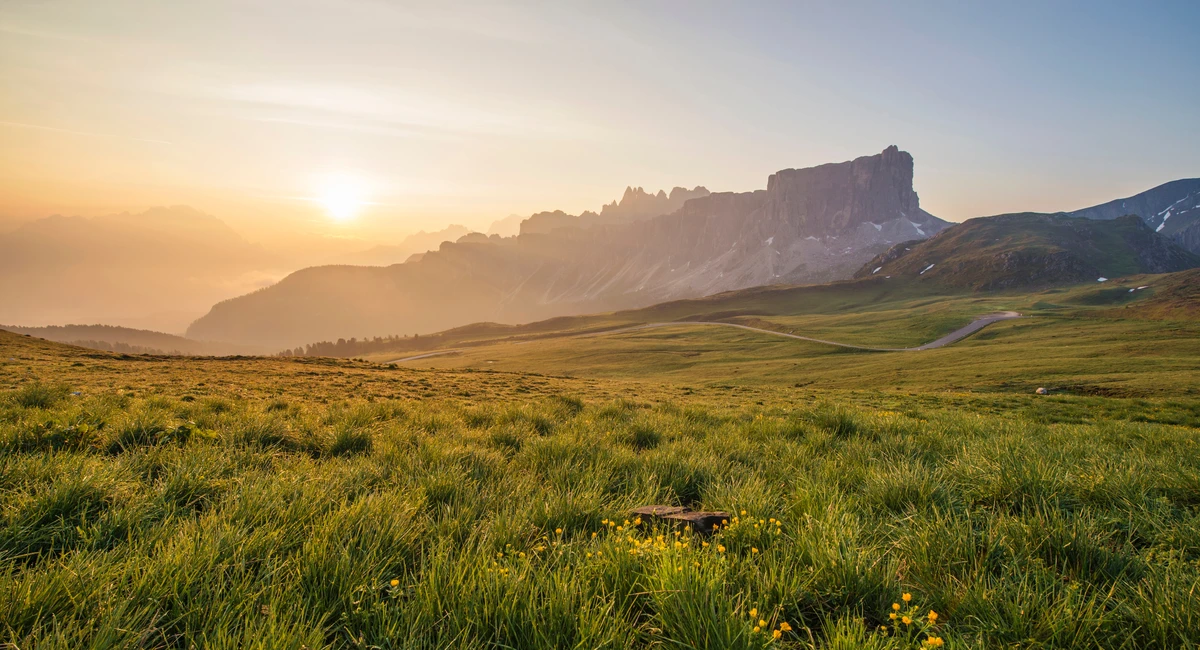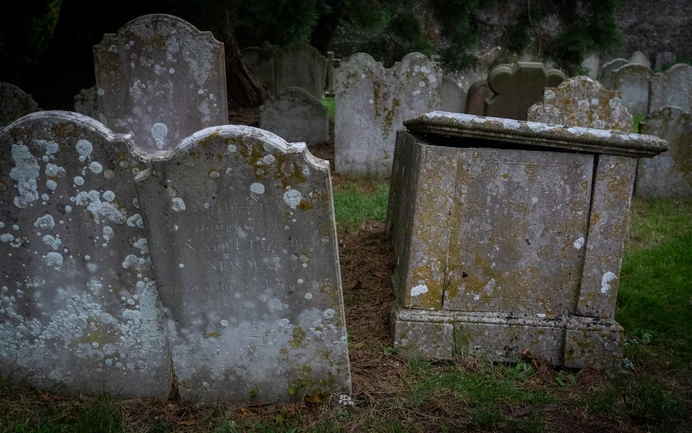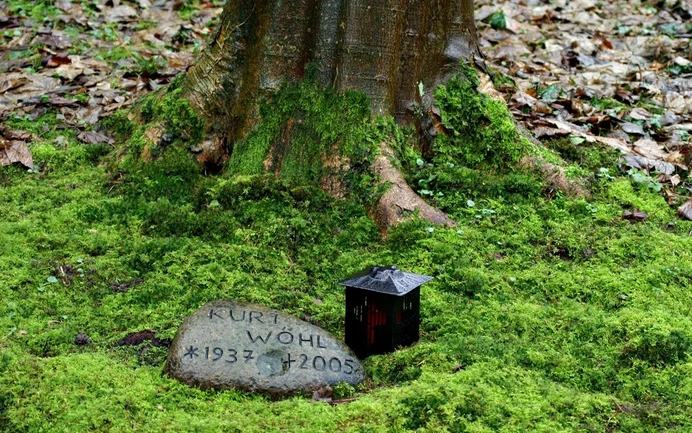
What Does It Mean To Have A Green Burial?
By: Tom Harries
Feb 27, 2022 | Green Funeral Practice
3 min readA green burial is a burial process that removes many of the environmentally damaging aspects of conventional burial.
There aren't universal definitions of ‘green burial’ or 'organic burial' which have clear cut boundaries, but there is a spectrum of environmentally friendly burials which helps us understand what could be considered a green process.
Green burials typically involve the use of a biodegradable burial vessel, the avoidance of chemicals such as embalming fluid and pesticides, and the minimal use of other resources for related elements such as grave marking.
This article explains some of the negative impacts of the traditional burial process and highlights some of the greener options available when funeral planning.
The Negative Impact Of Traditional Burial
Traditional funeral practice is damaging to the environment. Conventional burial is a resource-intensive process involving the unsustainable consumption of valuable urban land.
Caskets and outer burial containers are made from a variety of materials, including concrete and various woods, metals and plastics. These materials cause soil pollution when they are buried and so do the chemicals used to embalm bodies.
It is estimated that 4.3 million gallons of embalming fluid are buried in the US each year, along with 64.5 thousand tons of steel, 1.6 million tons of reinforced concrete and 20 million board feet of hardwood.

The manufacture and nationwide transportation of these resources are also pollutive processes, which produce pre-burial emissions. The huge quantities of materials produced mean these emissions are substantial.
A growing awareness of the environmental impact of a traditional funeral service has led many to reconsider their funeral arrangements.
How To Make A Burial “Green”
If burial is your preferred option, there are a number of choices during end-of-life planning that will help make for a greener process.
Skip Embalming
Embalming refers to treatments that preserve a human body after death. This is a very common practice in the US, however in recent years awareness has grown about the environmental harm caused by embalming chemicals.
Embalming fluid is made up of a mixture of chemicals. One of these chemicals is formaldehyde, which is highly toxic and a known carcinogen (a substance capable of causing cancer in humans). There is growing concern about the soil pollution caused by the burial of an embalmed body. Of particular concern is the formaldehyde and its potential impact on soil health.
Healthy soil is important for a healthy ecosystem. Soil filters water, provides nutrients to plants and captures carbon. Soil pollution is therefore an important environmental issue to address.
These environmental concerns have led to the development of green alternatives, including processes using formaldehyde-free chemical mixes. The greenest option is to opt for no embalming. Refrigeration at a funeral home allows similar short-term preservation.
Get a quote in seconds.
Choose a Minimalist Casket
Many traditional caskets are made of woods, metals and plastics that cause soil pollution when buried. The production and transporting of these also produce emissions.
A key element of a green burial is the choice of burial vessel or garment. This might take the form of a biodegradable container or shroud. A natural burial format is also possible, with the body being buried without a vessel or shroud at all.
If your funeral home doesn’t have an appropriate vessel, it is possible to source your own option from an external provider. This can often be a simple online process, and one that can save money.
Consider a Natural Gravesite And Marker
Another resource-heavy aspect of traditional burial is grave marking. There are now a number of burial grounds in the US that are wholly or partly dedicated to natural burial.

Some natural burial sites do not allow tombstones, in line with the natural and resource-light essence of the practice. Grave marking is usually simple and in some cases there is no physical marker at all. As a result, dedicated GPS systems have been developed to help locate and memorialize graves.
Explore
Burial does not have to be bad for the environment. Following the steps in this article will help to ensure your burial plans are as green as possible.
If you are interested in the impact of funeral practice on the environment, you can read more of our green funeral resources and explore the Earth website. Among our resources you will find articles on embalming, traditional funerals and cremation, as well as green alternatives such as soil transformation (also known as natural organic reduction).







